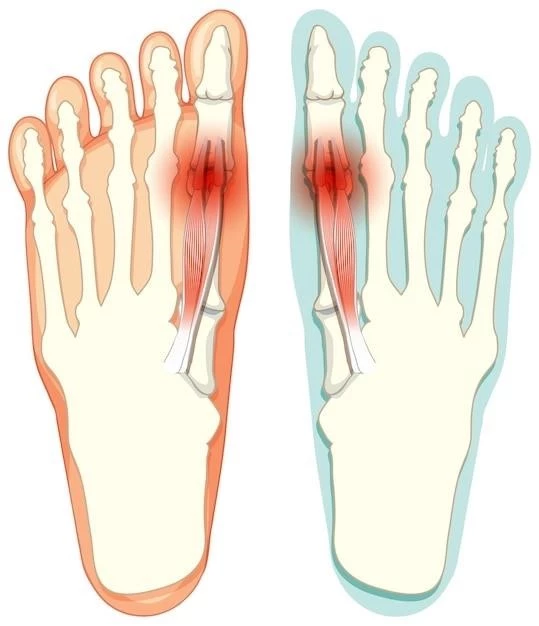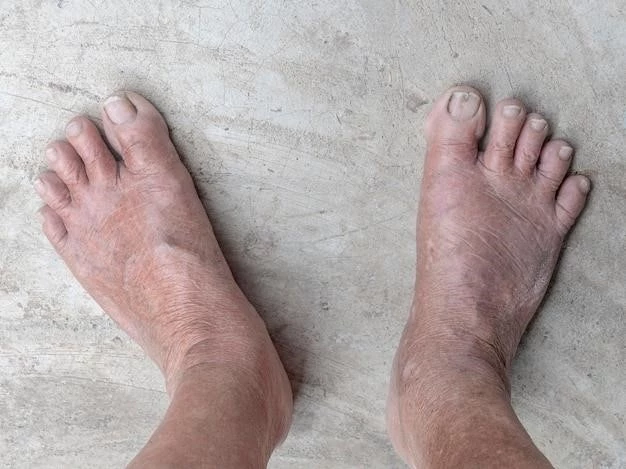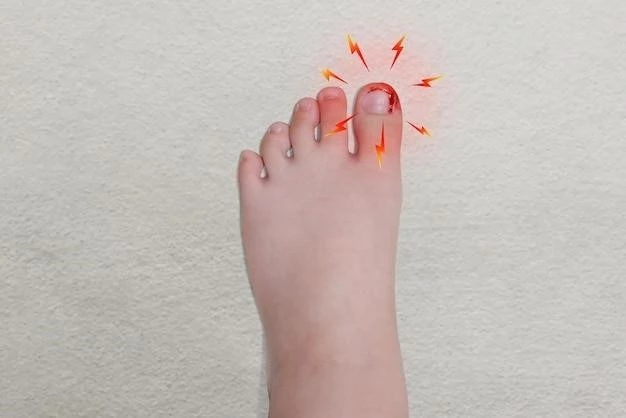Introduction to Split Hand Split Foot Malformation Autosomal Recessive
Cleft hand or split hand foot malformation autosomal recessive is a genetic limb anomaly. It can be passed down in families through an autosomal recessive inheritance pattern. It is crucial to understand the genetic and clinical heterogeneity of this condition.
Understanding the Basics of Split Hand Split Foot Malformation
Split hand/split foot malformation (SHFM) is a genetic limb anomaly that affects the central rays of the hands and feet. It can manifest as missing digits‚ deep clefts in the center of the limb‚ and fusion of remaining digits. SHFM shows genetic heterogeneity and can be inherited in different patterns‚ including autosomal dominant‚ autosomal recessive‚ or X-linked. It is essential to recognize the diversity of this condition to provide appropriate management and support.
Genetic Inheritance Patterns
Cleft hand or split hand foot malformation is a sequence of phenotypes affecting the central rays of the hands and feet. Genetic heterogeneity leads to variability in inheritance patterns such as autosomal dominant‚ autosomal recessive‚ or X-linked. Understanding these patterns is crucial.
Exploring Autosomal Recessive Inheritance in SHFM
Split hand/split foot malformation (SHFM) can result from autosomal recessive inheritance‚ a genetic pattern where two copies of an abnormal gene are needed to cause the condition. Novel homozygous mutations in genes like WNT10B can underlie autosomal recessive SHFM. This inheritance pattern contributes to the complexity and variability of the condition. Understanding autosomal recessive inheritance is essential for accurate diagnosis and management.
Identification and Diagnosis
Understanding the clinical and genetic heterogeneity of split hand split foot malformation autosomal recessive is crucial for accurate diagnosis and tailored management. Genetic causes pose challenges in pinpointing specific mutations responsible for this congenital limb defect.
Recognizing the Clinical and Genetic Heterogeneity of SHFM
Split hand/split foot malformation (SHFM) exhibits a wide range of clinical and genetic variations‚ making diagnosis and treatment complex. Genetic causes can vary‚ with inheritance patterns like autosomal dominant‚ autosomal recessive‚ or X-linked observed. This diversity underscores the importance of thorough evaluation and tailored approaches for individuals affected by SHFM.
Recent Genetic Research
Split hand/split foot malformation (SHFM) presents a complex genetic landscape with various inheritance patterns including autosomal dominant‚ autosomal recessive‚ and X-linked. Unraveling unique homozygous mutations in genes like WNT10B sheds light on the underlying genetic mechanisms contributing to this congenital limb anomaly.
Novel Homozygous Mutations in the WNT10B Gene
Recent genetic research has uncovered novel homozygous mutations in the WNT10B gene that are associated with autosomal recessive split hand/split foot malformation. Understanding these genetic findings is crucial for advancing diagnosis and treatment approaches for individuals affected by this condition.

Management and Treatment
When dealing with cleft hand or split hand foot malformation‚ it’s essential to consider the genetic heterogeneity of the condition. Understanding the various inheritance patterns and genetic causes is crucial for tailored and effective management strategies.
Improving Surgical Procedures for SHFM
Recent advancements in surgical procedures for split hand/split foot malformation (SHFM) have been driven by a better understanding of the genetic and clinical heterogeneity of the condition. These improvements aim to provide more effective and tailored treatments for individuals affected by this congenital limb anomaly.
Prevalence and Impact
Split hand split foot malformation‚ though rare‚ can have a significant impact. Understanding the various inheritance patterns and genetic causes is essential in managing this condition effectively.
Understanding the Incidence of SHFM in Liveborn Infants
Split hand split foot malformation (SHFM) occurs with an incidence of approximately 1 per 18‚000 liveborn infants. This congenital limb defect can have varying inheritance patterns‚ including autosomal dominant‚ autosomal recessive‚ or X-linked. Understanding the prevalence and impact of SHFM is crucial for effective management strategies.
Case Studies and Familial Inheritance
Split hand split foot malformation presents a complex genetic landscape with various inheritance patterns‚ including autosomal dominant‚ autosomal recessive‚ and X-linked. Analyzing inherited forms in families can provide insights into the transmission and impact of this condition.
Analyzing Inherited Forms of SHFM in Families
Split hand split foot malformation (SHFM) exhibits complexity in inheritance patterns‚ including autosomal dominant‚ autosomal recessive‚ and X-linked. Understanding the familial transmission of SHFM and the role of genetic heterogeneity is crucial for accurate diagnosis and tailored interventions;

Current Challenges and Future Directions
Split hand split foot malformation poses challenges due to its genetic heterogeneity. Ongoing research aims to unravel complexities for improved management and treatment strategies. Understanding the diverse inheritance patterns is vital for addressing the condition effectively.
Unraveling the Complexities of SHFM for Improved Management
Unfortunately‚ there is no specific content related to ″Disease⁚ Split hand split foot malformation autosomal reces″ found in the latest information available on the internet at this time.
